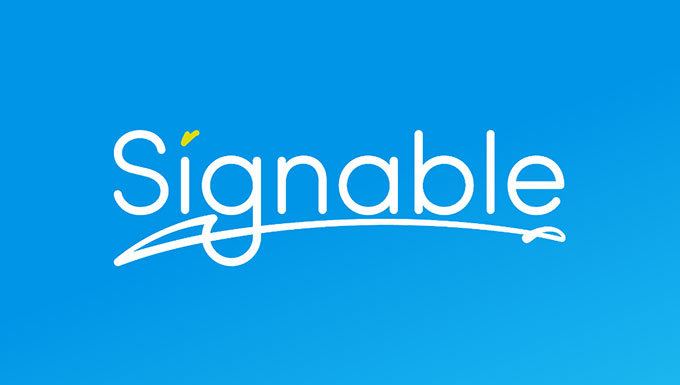A word from Winbox: using email marketing to grow your business…

Published:
At Signable we understand how important a role email plays in your business. It’s a staple part of day to day communication, and for Signable it’s what we use to ensure your documents reach your signers. But it can also be an effective way to raise awareness around your company and the services you provide. That’s why we have asked our friends at Winbox (for anyone reading this post-2019, they’re now known as Future Content), an email marketing company in Bristol, to share their tips with you on how to grow your business through email. As well as the do’s and don’ts around it.
So here’s a quick introduction from the founder of Winbox, Marc…
“Before we get into the article, allow me to introduce myself. I’m a friend, customer and big fan of Signable and will be contributing some content to their blog page over the upcoming months and hopefully beyond. My specialist subject is email marketing strategy and all my pieces will be focused on giving you email marketing advice, that you can implement into your campaigns to harness the power that email marketing can offer to your business.
The start of every good email strategy starts with the data, and that’s why my first contributed article focuses on “Why not to send an email to that list of 80,000 people from 2001”. I hope you enjoy your read and get lots of value.”
Why not send an email to that list of 80,000 people from 2001?
Whether you’re new to email marketing or simply looking to improve your existing campaign, there are right and wrong ways of going about it, and you should be aware of good and bad business practices.
For instance, sending out unsolicited emails en masse, or re-using an old, out of date mailing list are both likely to backfire and do more harm than good. Using a mailing list that is not properly and recently managed can not only be detrimental to your marketing campaigns, but much worse—it can get your company blacklisted.
Opting in, opting out
Generally speaking, people don’t like receiving unsolicited emails from businesses—definitely not if they find themselves signed up to recurring emails without being asked.
As you’ll probably know from managing your own inbox, in the event that you get unwanted email, any of these three things is likely to happen: you ignore or delete the email; you find a way to unsubscribe from whatever mailing list you’ve been put on, or you report the email sender for spam.
If they receive enough complaints, Internet and email service providers (ISPs) can end up blocking your company, and complaints can also be lodged with the Information Commissioner’s Office (ICO). A worst-case scenario is a legal action that has your website shut down.
Legally speaking, you are required to seek permission first before you send out unsolicited emails. This includes mailing lists passed on to third parties—such a third party also needs to have explicit permission before they can use someone’s email address.
Dusting off an old mailing list may be tantamount to third-party use depending on where you got it from. And if your list is too old, recipients who may be confused about how they ended up on your list may report you for spam anyway.
Obtaining customers’ explicit consent to be sent emails is known as a ‘hard’ opt-in. There is also such a thing as a ‘soft’ opt-in, which is possible when certain conditions are met: if you obtain a person’s email address during the course of a sale; if you intend only to market similar products or services; and if you give this person the clear option to opt-out of future marketing emails.
Targeted campaigns
Even if there were no risk of blacklisting, pragmatically it’s still a bad idea to send out scattershot, unsolicited emails.
If people receive emails that don’t interest them, then they are simply less likely to open them and read them, and more likely to unsubscribe. You’ll see this impact on your campaign stats with rising ‘churn rates’ (the rate of recipients unsubscribing) and dropping open and click-through rates.
So aside from simple email etiquette and legal requirements, the other good reason to get permission first is that it’s a way of curating your mailing list. You then know for sure who will actually be interested in your emails, at least initially. Your email campaigns should always be ‘targeted’—containing only those recipients to whom you know your emails are likely to be relevant.
That your emails should be targeted is a truism of all good email campaigns, because it not only prevents negative consequences but also encourages a more positive outcome.